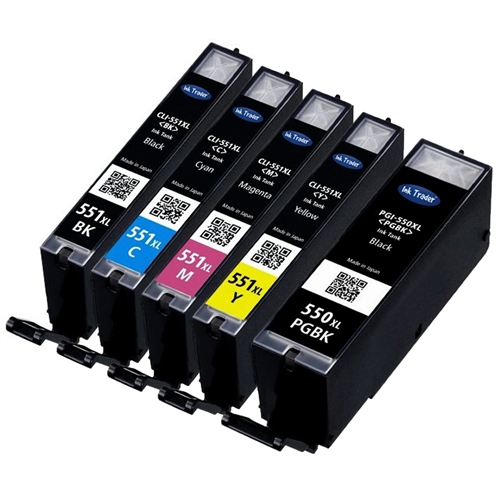To print the best photos possible, you of course need a great printer, but a great printer is no use if you don’t have great ink. For all the superior technology in your printer, your photos are made up of ink on paper, and if that ink is low-quality, your images will also be low-quality.
The range quality ink can achieve is poor to excellent, the former producing dull, banded colours, and the latter producing top notch photographic quality.
Two kinds of ink are used in inkjet printers, one that comes out slow and takes longer to dry, and one that dries about 100 times faster. The slower ink is much better for monochrome printing, but the faster is better for colour printing. Speedy drying is ideal because different inks are mixed to make different colours, and if they take too long to dry, they’ll look blurry and likely bleed into each other.

For inkjet technology, the ink used is water-based and before the technology was perfected, this caused a lot of ink to smudge and run. Oil-based ink was thought to be the solution to this problem, but it ended up requiring a lot more maintenance, and was harder on the printer. Printer companies are always getting closer to producing the perfect water-resistant ink.
A major goal of the inkjet printer industry is to find a way to print on any media or surface, not just paper. Ink chemistry is what will make this possible, and that means that ink manufacturers are very secretive when it comes to their research. They invest a lot of money in that research, and are always advancing the technology of ink pigmenting, light and water fastness, and the ability to print on many surfaces.
Right now, inkjets use dyes that use small molecules to produce cyan, magenta and yellow ink. Each of these ink hues has high brilliance and a solid range of colours, but they aren’t able to hold up against light or water that well. If bigger molecules are used, they do stand up against water and fade a little better, but they aren’t able to produce as many colours as their smaller-molecule counterparts. The technology is expected to advance a great deal in the coming years, and that means that we’re close to having ink that you could print on almost anything, and ink that would look as good and sharp in 100 years as it does now.
 CoalesceIdeas Web and graphic design ideas for inspiration
CoalesceIdeas Web and graphic design ideas for inspiration
